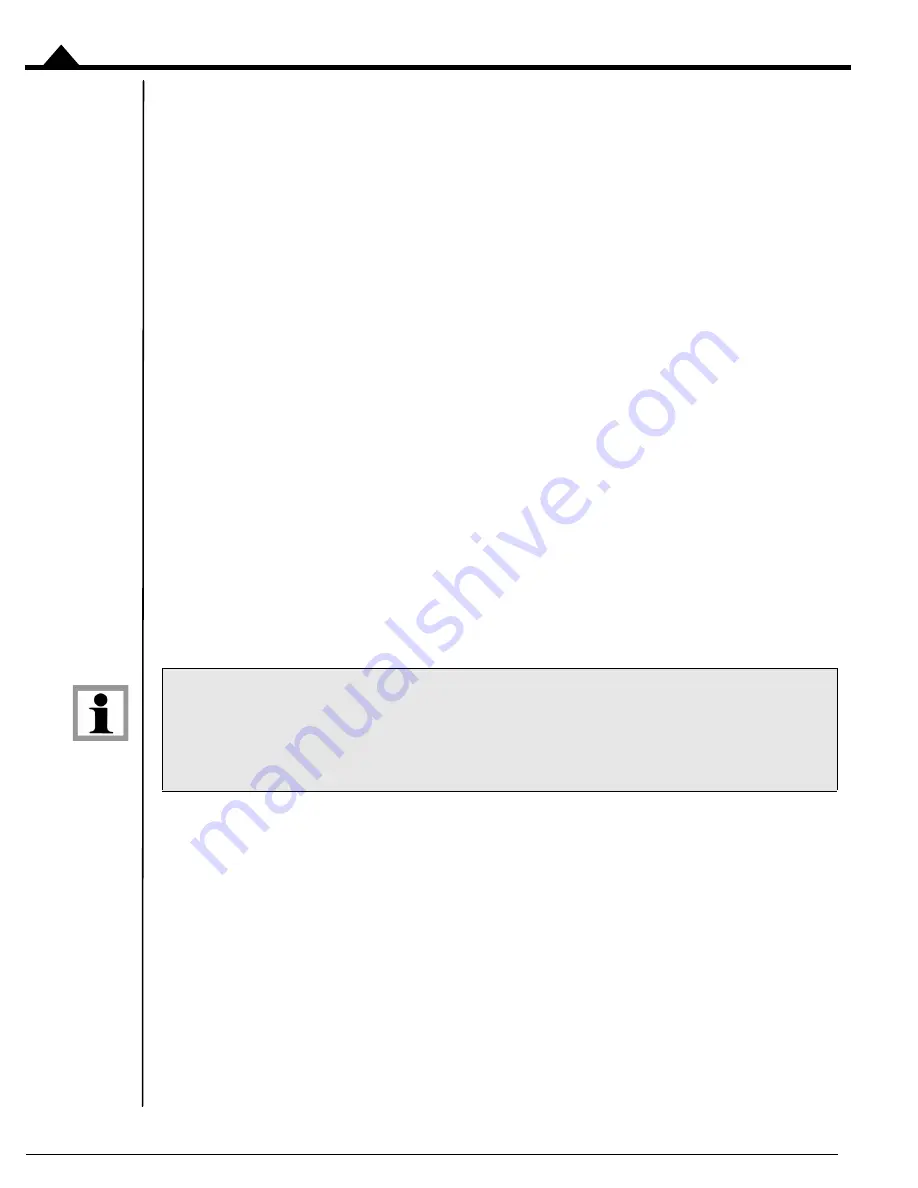
Application Notes — MC74113 & MC75113
110
Juno Step Motor Control IC User Guide
15
15.7.5 Step Motor Drive Using PWM Sign/
Magnitude Signal
In the following schematic, the sign/magnitude output is used to drive a step motor. Dual H-bridge motor driver
DRV8881E is used, which is capable of 2.5A peak current up to 45V. DRV8881E can be driven directly from a 3.3V
CMOS logic output and as such can be directly interfaced to the MC74113 or MC75113 ICs.
In the sign/magnitude control mode, sign signals, PWMSignA and PWMSignC, are applied to APH, BPH, respectively
for winding current direction control. The filtered signals of PWMMagA and PWMMagB are applied to AVREF and
BVREF, respectively, for setting instantaneous winding current.
DRV8881E regulates winding current based on reference voltage inputs AVREF and BVREF. In this example, the
current sensing resistors, R1 and R2, are set at 0.45 ohm. With current scalar at 100% (TRQ1 and TRQ0 grounded),
the 1A peak winding current requires reference voltage input of 2.97V. For MC74113 or MC75113 ICs with 3.3V
output, it corresponds to PWM command of 90%.
PWMMagA and PWMMagC are PWM signals, and they can be set to 20kHz, 40kHz, 80kHz and 120kHz. The
reference voltage input voltage inputs are filtered version of the PWM signal. In the example, a first-order RC filter is
used with bandwidth of 1.42kHz with gain of -35dB at 80kHz. R3 and R4 should be 1% or better. C7 and C8 should
be NP0 type with 5% or better. The bandwidth of the low-pass filter should be able to attenuate the PWM frequency
component because a higher cut-off frequency results in higher ripple. However, the signal delay and attenuation
should also be considered. A low cut-off frequency will introduce larger distortion at zero crossing point and delay.
Higher order filter can also be used to achieve the balance of signal delay and ripple attenuation.
DRV8881E supports current control with fast decay, slow decay and mixed decay. In this example, ATE is tied to
V3P3 so AutoTune operation is enabled to automatically adjust decay setting to achieve balanced current ripple and
fast step response.
AmplifierEnable is used to enabled DRV8881E. During power up, AmpliferEnable is in high impedance, and
DRV8881E is disabled with its internal pull-down resistors.
This drive example shows how to interface a drive circuit to the MC74113 or MC75113 ICs using PWM sign/
magnitude signals. Note that the current control accuracy of this approach compared to the PWM High/Low drive
output scheme as shown in sections 15.7.2, 15.7.3, or 15.7.4 will not be as good, this approach will typically require
fewer components and cost somewhat less.



















